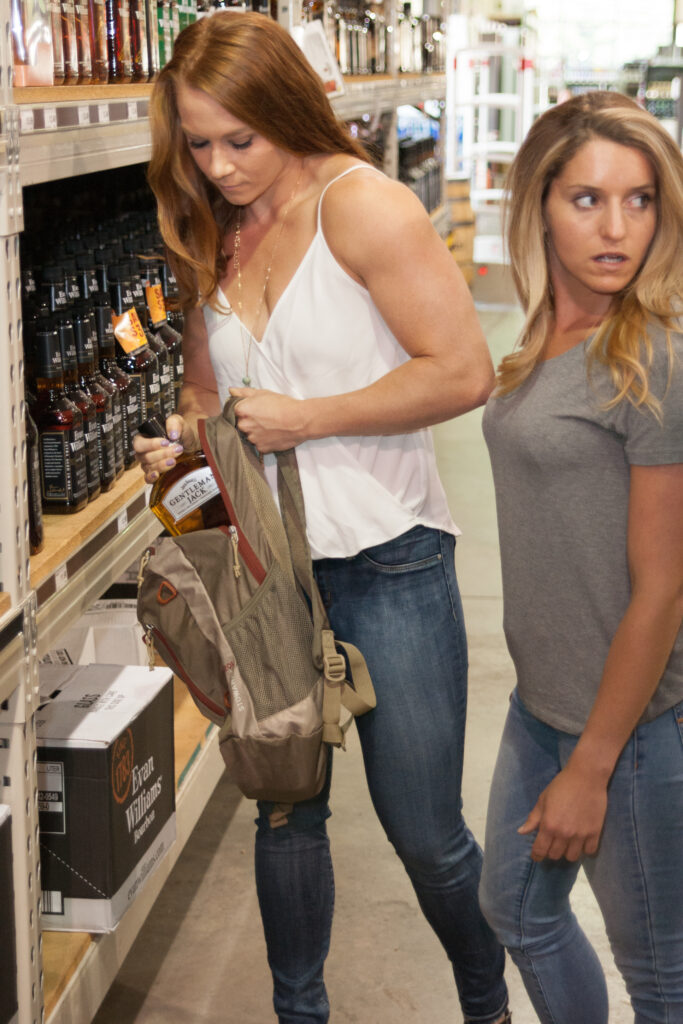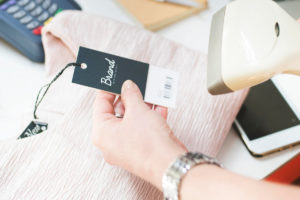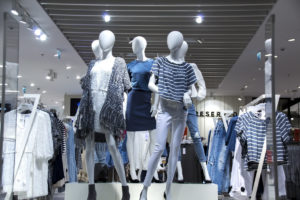How should a retailer approach a suspected shoplifter?
When a retailer suspects that a customer is shoplifting, it is important to approach the situation carefully and in a manner that is both legal and safe. The following is a general guide on how a retailer should approach a suspected shoplifter:
Observe the Suspected Shoplifter: Before taking any action, it is important to observe the suspected shoplifter closely. If they are concealing merchandise or acting suspiciously, it may indicate that they are attempting to steal.
Use Discretion: When approaching a suspected shoplifter, it is important to do so with discretion. Avoid accusing the individual outright, as this can lead to a confrontation. Instead, approach them calmly and politely.The best method is a customer service approach. Ask them is you can help them. Since you suspect them of shoplifting ask them if they would like to see something that goes with __ (the item they concealed).
Ask for Assistance: If possible, ask another employee to accompany you when approaching the suspected shoplifter. This can provide support and help diffuse any potential confrontation.
Be Polite and Professional: When approaching the suspected shoplifter, it is important to be polite and professional. Address them by their name (if possible) and explain the situation clearly and calmly.
Ask for the Merchandise: If the suspected shoplifter is carrying merchandise, ask them to hand it over. Avoid using force or threatening language, as this can lead to a confrontation.
Verify the Suspected Shoplifter’s Identity: Ask for identification, such as a driver’s license, and verify that it matches the name on any credit cards or checks they are carrying.
Do Not Accuse Without Evidence: Avoid making false accusations or accusing the individual without evidence. Accusing someone without proof can be damaging and may even result in legal action against the retailer.
Call the Police: If there is sufficient evidence of shoplifting, call the police immediately. Provide them with a detailed description of the individual, any merchandise involved, and any other pertinent information.
Follow Store Policies: It is important to follow your store policies when approaching a suspected shoplifter. If there is a specific protocol in place, follow it carefully to ensure that the situation is handled appropriately.
Provide a Safe Environment: It is important to provide a safe environment for both the suspected shoplifter and other customers. Avoid using excessive force or engaging in any behavior that could lead to harm or injury.
Why is shoplifting so popular?
Approaching a suspected shoplifter requires careful consideration and professionalism. You must plan and rehearse in advance the way in which you are going to approach the suspected shoplifter. Retailers should observe the individual, approach them calmly and politely, ask for assistance if needed, verify their identity, avoid false accusations, follow store policies, provide a safe environment, and involve law enforcement if necessary. By following these steps, retailers can handle potential shoplifting situations in a legal and safe manner.
For more information please contact us.










